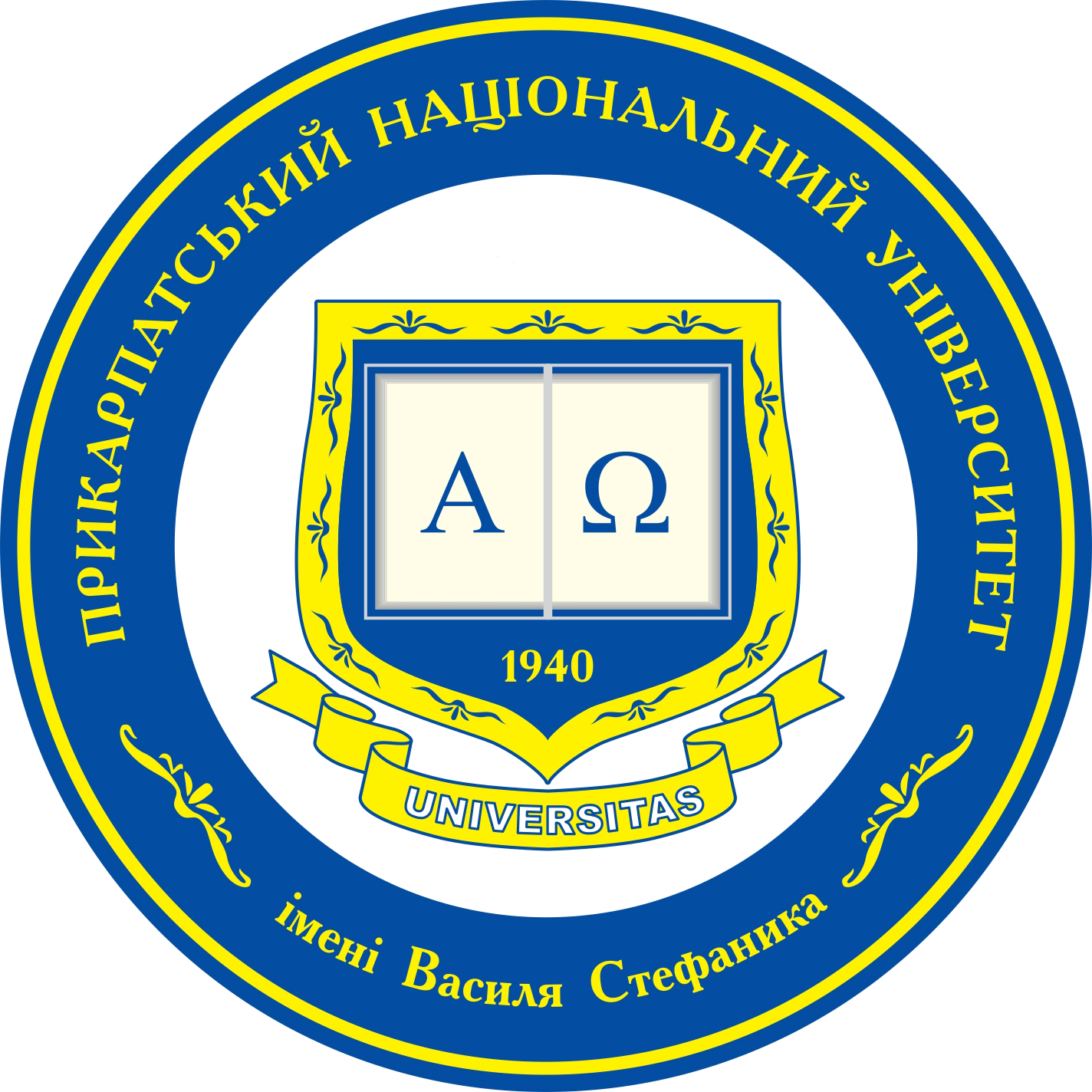Розробка Уніфікованого Підходу до Аналізу Потенціалу Відновлюваної Енергії на Дахах Людських Осель
Ключові слова:
rooftop renewable energy, remote sensing, machine learning, spatial analysis, solar panel installations, urban planning, strategic tourism developmentАнотація
The transition to renewable energy sources is imperative for fostering sustainable development, and rooftops represent a significant yet underutilized resource for solar energy generation in human settlements. In response to this opportunity, this article introduces a novel and unified approach designed to comprehensively analyze the rooftop renewable energy potential in human dwellings. Through the integration of cutting-edge technologies including remote sensing, machine learning, and spatial analysis techniques, the proposed approach aims to provide a thorough assessment of the feasibility and capacity of rooftops for solar energy generation. At its core, the framework leverages a wealth of data sources encompassing rooftop characteristics, solar radiation levels, and geographical information to construct a comprehensive understanding of rooftop solar potential. By synthesizing this diverse array of data, the approach facilitates the identification of suitable locations for solar panel installations, thereby maximizing the efficiency and effectiveness of renewable energy deployment. Furthermore, the framework takes into account a multitude of factors such as roof orientation, shading patterns, and structural constraints, ensuring a holistic analysis that accurately reflects the complexities of rooftop solar energy potential. The implications of such a unified approach extend far beyond the realm of energy generation, with the potential to significantly influence urban planning, energy policy-making, and broader sustainable development initiatives. By empowering stakeholders with actionable insights into the viability and capacity of rooftop solar installations, the framework provides a valuable tool for decision-makers seeking to promote renewable energy adoption and enhance the sustainability of human habitats. In essence, the development of this unified approach represents a pivotal step towards realizing the full potential of rooftop spaces as a critical component of the renewable energy landscape in urban environments.






